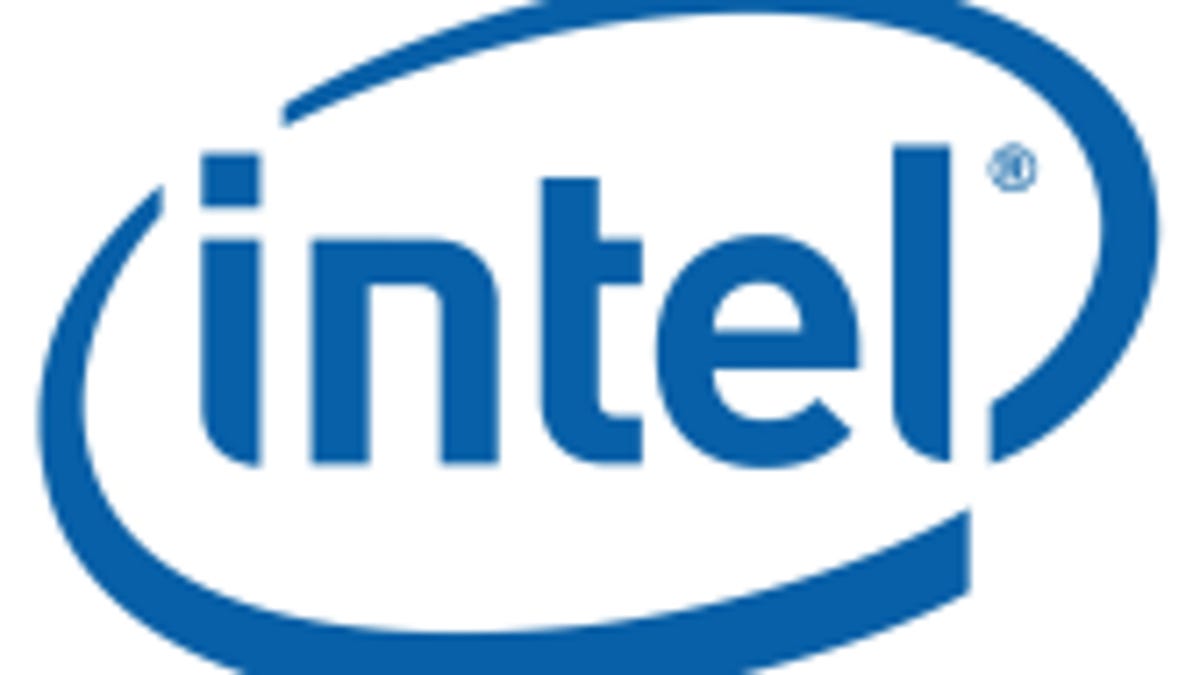Intel's Think Link is a paradise for fact trolls
Intel's got a new project from its research team that lets users dispute what they see as inaccurate, or otherwise misleading claims on the Web.

Intel is best known for making CPUs, but its research division continues to bring new ways for users to interact with data on the Web. Think Link, one of the company's most recent projects is attempting to help people spot misinformation, while providing the tools to correct it.
Similar to crowd-sourced typo-finder GooseGrade and SpinSpotter (coverage), Think Link is about bringing attention to mistakes, and inaccurate claims; be it blog posts, news stories, research papers or advertising. Where it differs is in giving users a relatively simple way to back up their claims of wrongness by linking to a reputable source, then letting others vote those ideas up (Google search wikistyle), with the best rising to the top.
In other words: I make a mistake in an article, and instead of blasting me in the comments or via e-mail, you can very quickly create a case against something I've gotten wrong with a team of fellow contributors.
The only hitch is that to view and create Think Link content, users must have a browser extension installed. They'll then be able to see items other users have highlighted as disputed, or "interesting." Hovering over those items that have been disputed pops up with the most agreed-upon proof of something being inaccurate, or untrue.
You can also drill down to see arguments from both sides in something Intel calls the "argument graph." This tool pulls in data from related topics on Wikipedia, as well as other Think Link items, which can help whoever is reading a dispute to see a more complete argument with both sides.
What's really, really cool about this project is that as more people continue to use Think Link and create what Intel calls "snippets," it's building up the database of related dispute items. These items can be easily searched for and stacked when creating a new claim. And using the built-in recommendation engine, it can help you quickly amass a case for or against a certain point with very little need to go outside of the tool.
With proper moderation, and source control, this could also be tied into an discovery engine to track what topics are hot, as well as giving bloggers a very simple way to fact-check on the fly--even as they're writing.
It's worth noting this project is still very beta. Even with the extension properly installed I couldn't get it to do the things it does in the video demo I've embedded below. I was still able to highlight items as being disputed, or interesting, but they did not stick around between page refreshes. It also kept a few pages from loading correctly, since it was pinging the Think Link servers prior to loading the actual content.
You can read more about Think Link on Intel's project page, along with this PDF brief.

